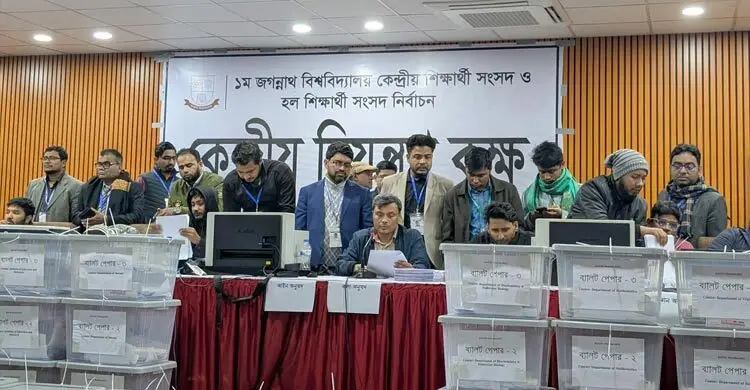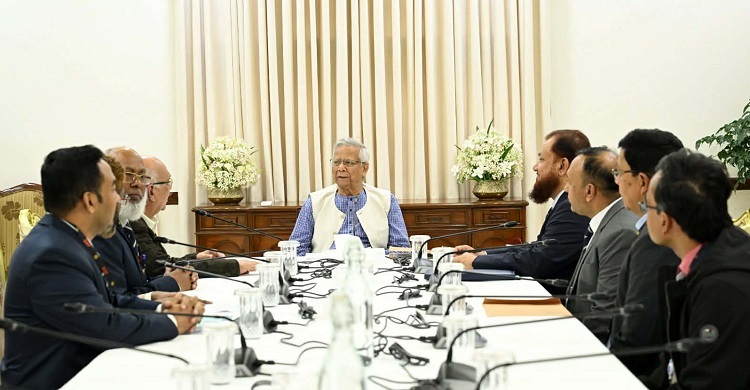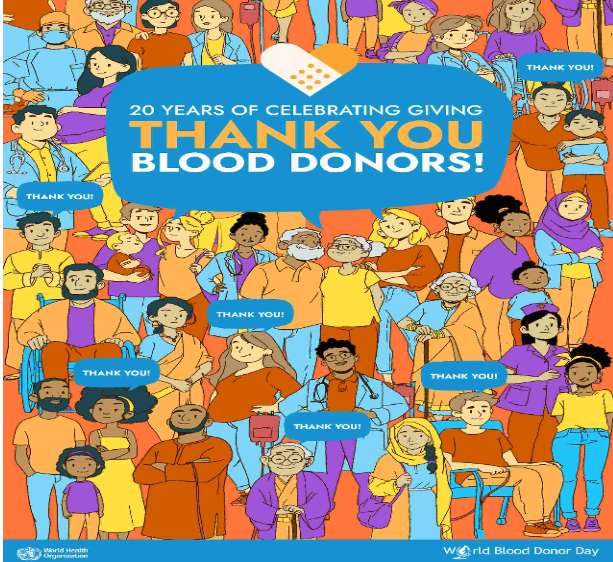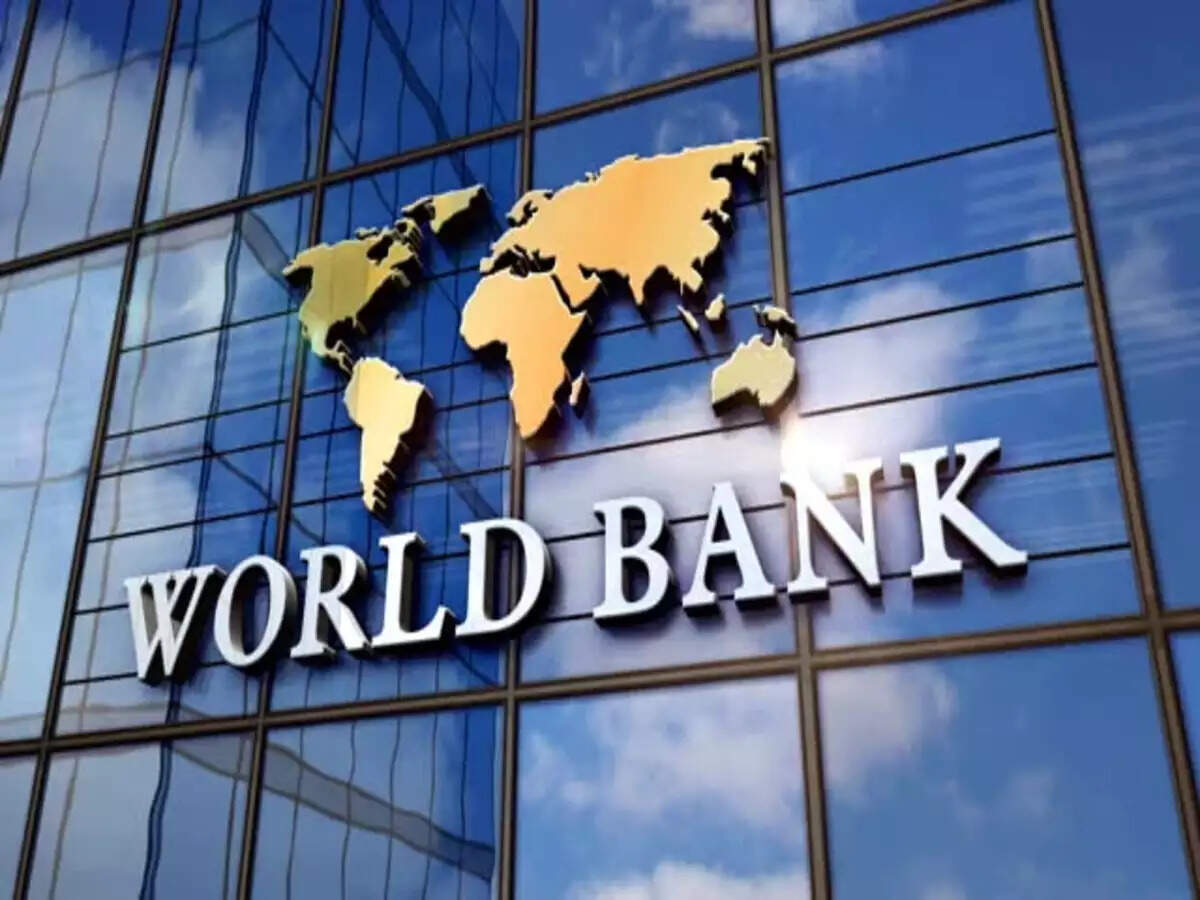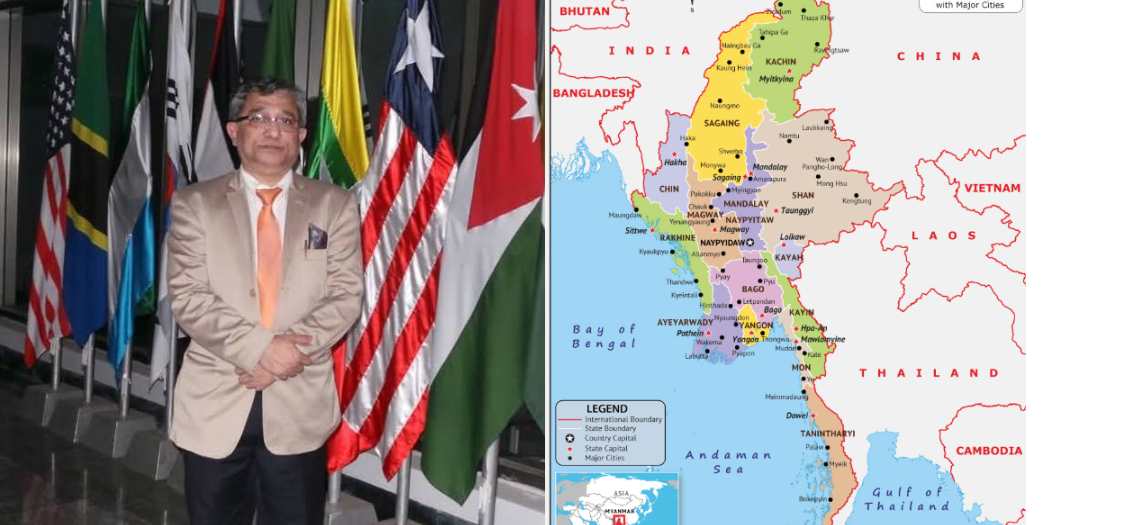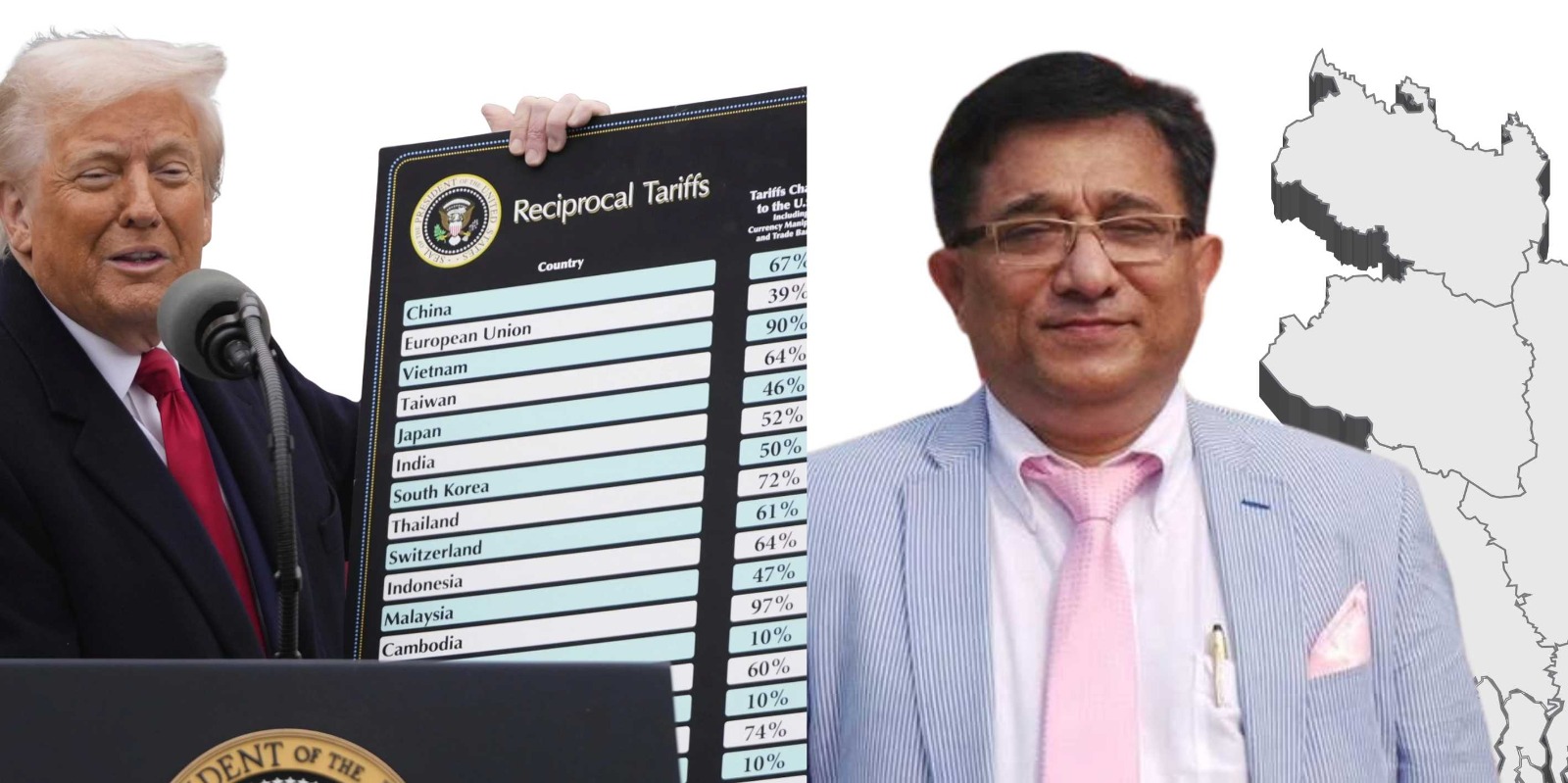Prof. Dr. Kazi Nawshad Hossain:
World Blood Donor Day (WBDD) Is held on June 14 each year. The event was organized for the first time in 2004, by four core international organizations: the World Health Organization, the International Federation of Red Cross and Red Crescent Societies; the International Federation of Blood Donor Organizations (IFBDO) and the International Society of Blood Transfusion (ISBT) to raise awareness of the need for safe blood and blood products, and to thank blood donors for their voluntary, life-saving gifts of blood.
A day that serves as a reminder of the essential role blood donors play in saving lives and improving health outcomes for individuals in need. Established by the World Health Organization (WHO) in 2004, WBDD strives to promote awareness about the importance of voluntary blood donation and to extend gratitude to blood donors for their life-saving contributions.
World Health Organization (WHO)
The World Health Organization (WHO) is a specialised entity that works under the United Nations and is responsible for global public health. WHO aims to protect the vulnerable, advance global health, and maintain global security.
As per WHO, an efficient healthcare system must include a blood service that provides patients with adequate access to safe blood and blood products. Every year, the world recognizes the donors who give their blood to strangers by appreciating the topic of World Blood Donor Day.
World blood donor day 2024 theme
The theme of World blood donor day 2024 is “20 years of celebrating giving: Thank you blood donors!” The theme celebrates the profound impact of blood donation on both donors and recipients, and also commemorates the program’s 20th anniversary. The campaign offers a way to thank blood, plasma, and platelet donors worldwide for their invaluable contributions. It also makes a demand for action, inspiring more people to participate in the worldwide blood donation movement.
What Is the History of World Blood Donor Day?
World Blood Donor Day was created in 2004 by the World Health Organization, the International Federation of Red Cross and Red Crescent Societies, the International Federation of Blood Donor Organizations (IFBDO), and the International Society of Blood Transfusion (ISBT).
Although the event is a wonderful opportunity to celebrate those who donate blood, it's also important to reflect on the barriers that have prevented people from being eligible to do so in the past. For example, the AIDS/HIV epidemic of the 1980s led to sexually active gay and bisexual men being blanket-banned from donating. While the rules have loosened somewhat since this blanket ban, men who have sex with men still have a harder time donating blood than the rest of the population.
Another world event that affected blood donor eligibility in Australia was the ‘mad cow disease’ outbreak in the early 1990s. There was a chance that the disease could be passed through blood. As a result, Australia banned anyone who had spent more than six months in England between 1980 and 1996 from donating blood. This ban was only lifted in 2022.
You can use this eligibility quiz by the Australian Red Cross Lifeblood charity to learn more about blood donation in Australia.
The specific objectives of this year's campaign are to:
Thank blood donors around the world
Widen public awareness of the need for regular, unpaid blood donation
Promote the community values of blood donation Enhancing community solidarity and social cohesion Encourage youth to embrace the humanitarian call to donate blood. Inspiring others to do the same
Celebrate the potential of youth as partners in promoting health
Present the successes and difficulties of the national blood programs while exchanging best practices and knowledge gained.
Emphasize the ongoing requirement for voluntary, recurring blood donation to provide safe, accessible blood transfusions for everybody.
Significance of World Blood Donor Day
Every year, blood donation saves millions of lives and aids in the healing and well-being of patients recovering from severe illnesses, trauma, difficult surgeries, or difficulties giving birth. Moreover, blood supplies are crucial in both man-made and natural calamities. The World Blood Donor Day 2024 also includes raising awareness of the need for rare donor types because some blood types are uncommon. The purpose of World Blood Donor Day is to raise awareness of the need for frequent and willing donors of blood.
Importance of Blood Donation
Saves Lives: One of the most compelling reasons to donate blood is that it can save lives. Blood transfusions are vital for patients undergoing surgeries, cancer treatments, traumatic injuries, and chronic illnesses. A single donation of 450 ml of blood can save up to three lives.
Maintains Blood Supply: Regular donations ensure a stable and sufficient supply of blood and blood products. This is crucial for emergencies, where immediate availability of blood can be the difference between life and death.
Supports Medical Treatments: Blood and its components, such as red cells, platelets, and plasma, are essential for various medical treatments. For example, plasma is used for patients with liver conditions, clotting disorders, and severe burns.
Disaster Response: In the event of natural disasters, accidents, or terrorist attacks, the need for blood can surge dramatically. Having a robust blood supply ready can help healthcare providers respond effectively.
How is World Blood Donor Day celebrated?
World Blood Donor Day is celebrated in various ways to raise awareness about the importance of blood donation and to honour voluntary, unpaid blood donors. Here are some common ways in which the day is celebrated:
1. Blood Drives: Blood drives are organised in different communities, schools, workplaces, and public places to encourage people to donate blood. These drives provide convenient opportunities for individuals to donate and contribute to the blood supply.
2. Awareness Campaigns: Various awareness campaigns are launched to educate the public about the need for blood donation. These campaigns may include posters, banners, social media campaigns, and public service announcements highlighting the benefits and impact of blood donation.
3. Educational Programs: Workshops, seminars, and educational programs are conducted to provide information about blood donation, its process, and its importance. These programs aim to dispel myths and misconceptions about blood donation and encourage more people to become regular donors.
4. Community Engagement: Blood donation camps, health fairs, and interactive sessions are organized to engage the public and create a positive environment around blood donation. These events often involve healthcare professionals, blood bank staff, and volunteers who provide information and answer questions related to blood donation.
5. Recognition of Donors: World Blood Donor Day is an occasion to recognize and appreciate voluntary, unpaid blood donors. To honor their contributions and inspire others to follow their example, donors may be acknowledged through certificates, awards, or public appreciation events.
6. Media Coverage: Media is crucial in spreading awareness about World Blood Donor Day. Newspapers, television, radio, and online platforms may feature stories, interviews, and articles about blood donation and its impact on saving lives.
7. Fundraising Events: Some organizations may organize World Blood Donor Day fundraising events to support blood donation initiatives and raise funds for blood transfusion services.
8. Collaboration and Partnerships: World Blood Donor Day encourages collaboration between blood banks, healthcare organizations, non-governmental organizations (NGOs), and government agencies to ensure safe and sufficient blood supplies.
The exact celebrations and activities may vary from country to country. Still, the underlying goal remains the same – to promote awareness about blood donation, honour donors, and encourage more people to become regular blood donors.
Writer: Prof. Dr. Kazi Nawshad Hossain
HOD, TRANSFUSION MEDICINE DEPARTMENT &
LABORATORY COORDINATOR
BETTER LIFE HOSPITAL, DHAKA



